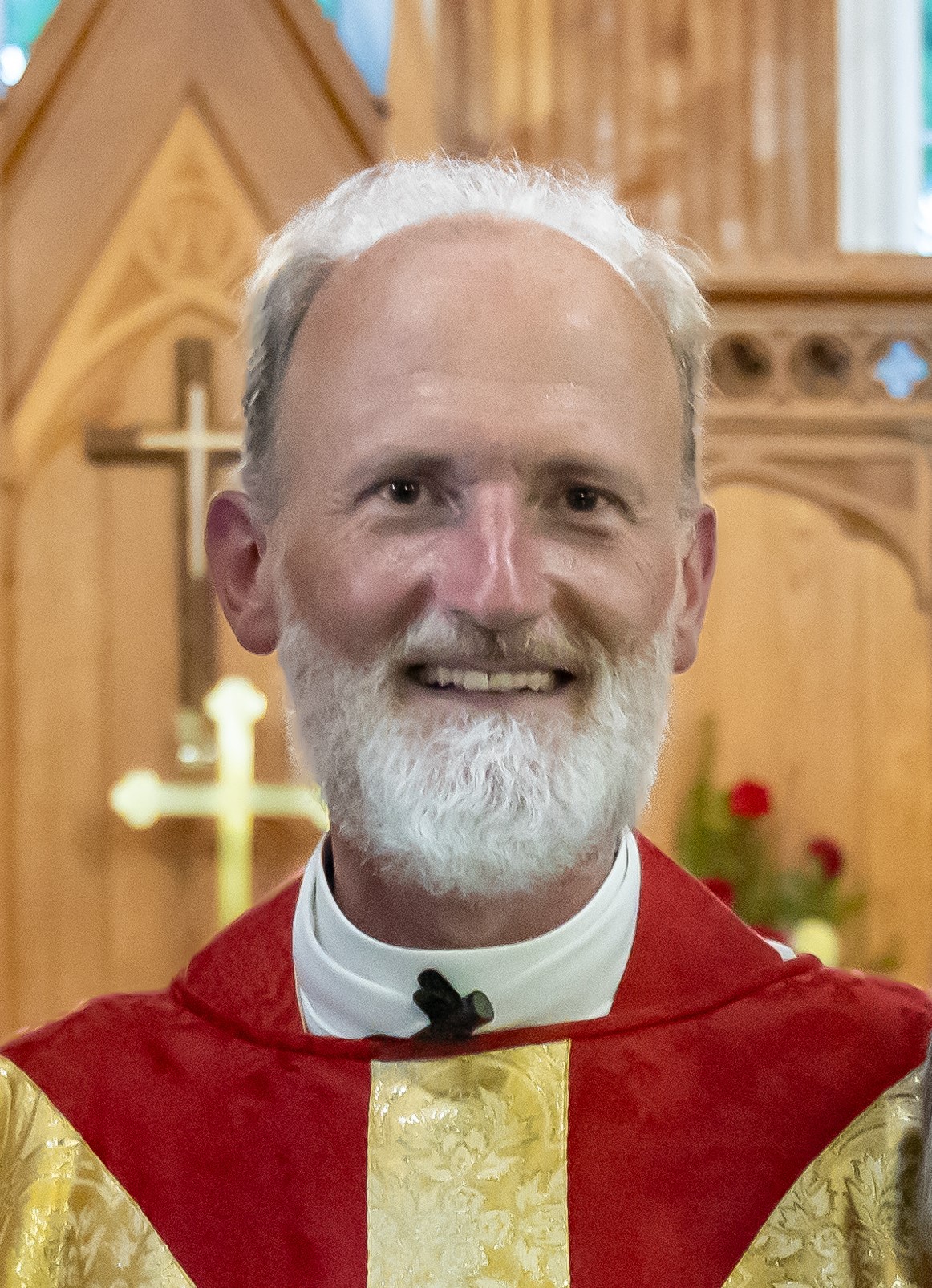On Sunday, June 29th, St. Paul’s Cathedral in London, Ontario was filled with worshipers who gathered for the installation of our new Primate, Archbishop Shane Parker. By now, many people will be familiar with the unexpected turn of events regarding Parker’s election: his name was brought forward as late as the day of the vote.
While the liturgy itself was beautiful, what moved me most happened outside the cathedral doors. The congregation was filing out of the service to the strains of glorious organ music. Seeing the Primate standing near the front steps of the cathedral, I approached him and offered my best wishes. “May I have a blessing?” I asked. He reached forward, traced the sign of the cross on my forehead, and spoke just four words. Such a brief moment might seem forgettable, yet it lingers in my mind, returning at unexpected times. These reminders have led me to reflect on the ancient practice of making the sign of the cross.
Anglicans approach devotional practices in different ways, as they do with many theological topics. Some will appeal to the Reformation-era principle of sola scriptura (only those practices that are mentioned in the Bible are to be adopted).
Interestingly, Martin Luther – a Reformer himself – instructed his followers with these words: “In the morning, when you rise from bed, sign yourself with the holy cross and say, ‘In the name of the Father, the Son, and the Holy Spirit. Amen.’…At night, when you go to bed, sign yourself with the holy cross and say, ‘In the name of the Father, the Son, and the Holy Spirit. Amen.’”
Luther was affirming a basic devotional act that can be traced back to earliest Christian times. A number of theologians from that era encouraged making the sign of the cross, including Cyril of Jerusalem in the 4th century, who wrote: “Let us not be ashamed to confess the Crucified. Let the cross, as our seal, be boldly made with our fingers upon our brow and on all occasions over the bread we eat, over the cups we drink, in our comings and in our goings, before sleep, on lying down and rising up, when we are on the way and when we are still.”
The medieval church carried this practice forward, and the 1552 edition of the Book of Common Prayer features this note: “As touching, kneeling, crossing, holding up of hands, and other gestures; they may be used or left as every man’s devotion serveth, without blame.”
Signing oneself with the cross can signify many things, including that through the physical gesture the believer recalls – and proclaims – the source of salvation. It can provide a way of entering a state of worship which includes not only heart and mind, but also the body. In this way, it becomes an affirmation of the Incarnation. And it links us to a vast family of Christians – Protestant, Catholic, and Orthodox – scattered across the world, most of whom we will never meet. Yet we are united with them by this shared, sacred gesture.


